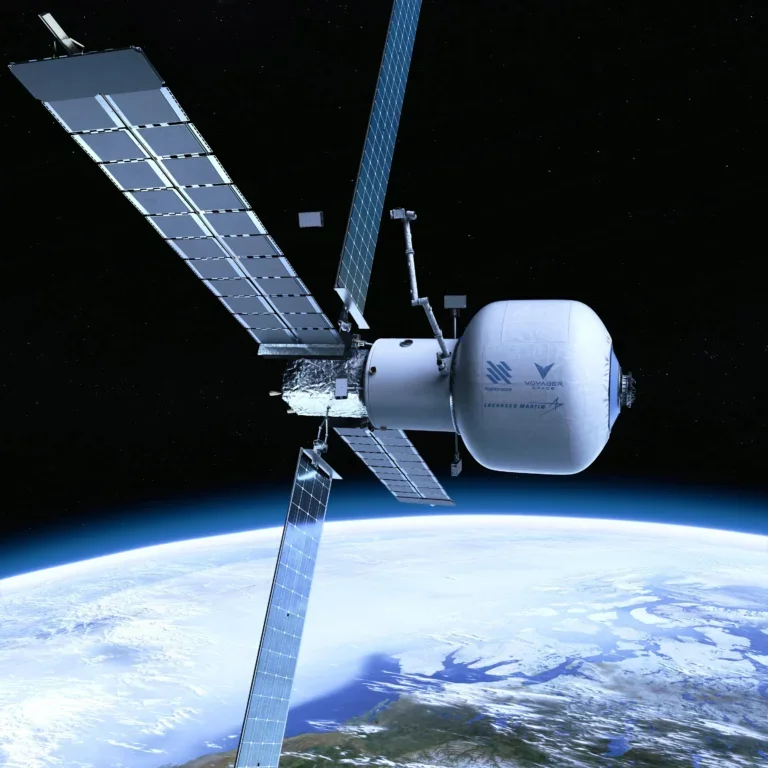NASA’s Cassini spacecraft is scheduled to fly within 16 miles (26 km) of Saturn’s moon Enceladus October 9. During the flyby, the spacecraft will measure molecules in its space environment that could give insight into the history of the solar system.
“This encounter will potentially have far-reaching implications for understanding how the solar system was formed and how it evolved,” said professor Tamas Gombosi, chair of the University of Michigan Department of Atmospheric, Oceanic and Space Sciences. Gombosi is the interdisciplinary scientist for magnetosphere and plasma science on the Cassini mission. He coordinates studies that involve multiple plasma instruments on the spacecraft.
Enceladus is Saturn’s sixth largest moon, orbiting within the planet’s outermost ring. It is approximately 313 miles (504 km) in diameter.
In this flyby, Cassini will be close enough to Enceladus to identify individual molecules in the moon’s space environment, including ions and isotopes. An ion is a charged particle, or a version of an element that has lost or gained negatively charged electrons. An isotope is a version of an element that has in its nucleus the typical protons for that element, but a different number of neutrons, thus exhibiting a different atomic weight.
The atoms around Enceladus are expected to hold clues to the past because they come from interior regions that have changed little since the moon was formed. Geysers near the moon’s south pole spew water and other molecules from the satellite’s interior. Because of Enceladus’ weak gravity and low atmospheric pressure, the water and gas molecules waft off to space.
The encounter will contribute to scientists’ understanding of how particles become charged and energized in Saturn’s magnetosphere. Also, when Cassini identifies the different isotopes in the space around the moon, it will help scientists discern the temperatures at various stages in Enceladus’ formation eons ago.
Cassini discovered the geysers on Enceladus in 2005. Scientists believe that there could be a liquid ocean beneath the moon’s surface. They also detected organic molecules at the moon in March. Organic molecules have carbon-hydrogen bonds, and are found in living organisms, and in comets.
“The mission as a whole is expected to bring central pieces of the solar system evolution puzzle into place,” Gombosi said. “This encounter is expected to provide some of those puzzle pieces.”
This will be Cassini’s fifth encounter with Enceladus. A sixth encounter, during which it will approach within 122 miles (196 km) of the moon, is scheduled for October 31. Four more flybys are planned in the next 2 years of Cassini’s extended mission, the Cassini Equinox Mission.










